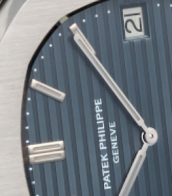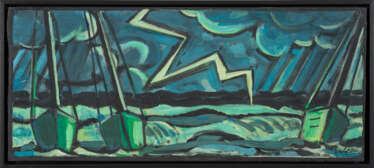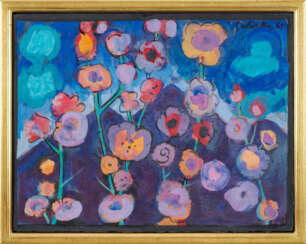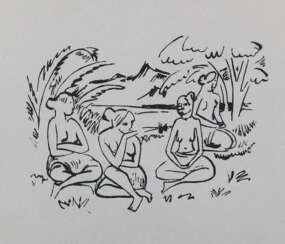12 Items by auctions and galleries:
pechstein
Lot 1811 Paul Kother
Paul Kother (1878 - 1963) 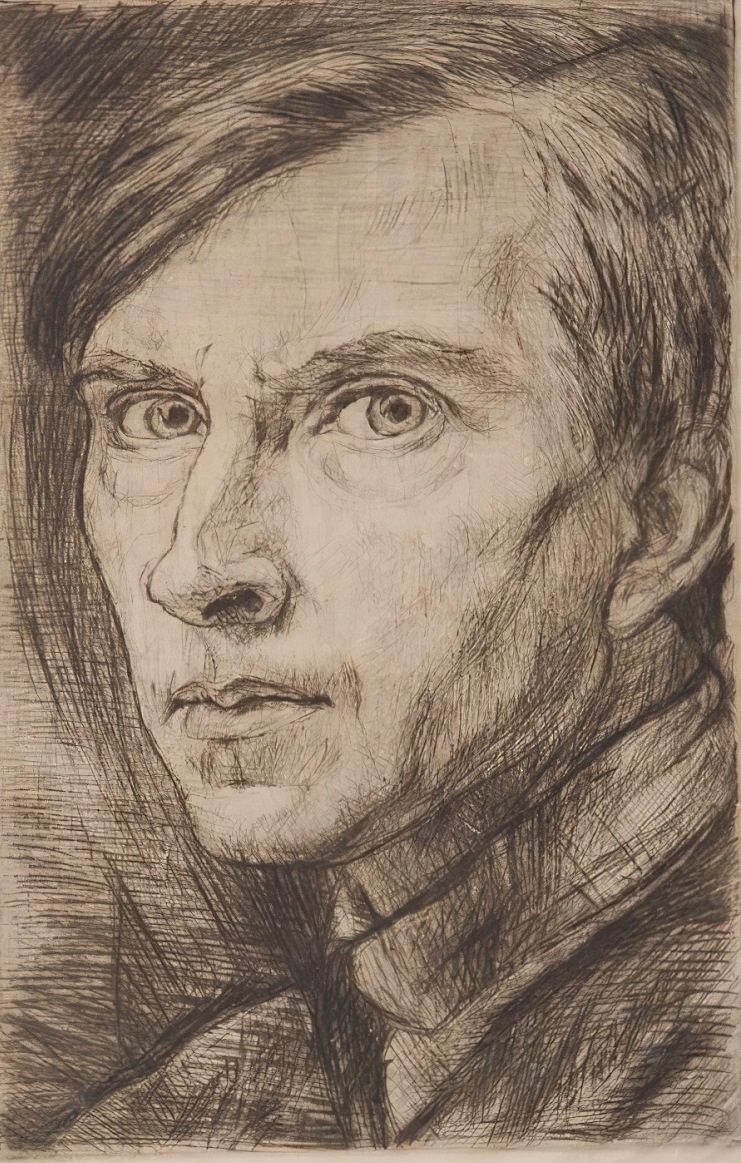 A195: Internationale Kunstauktion — Teil 2
A195: Internationale Kunstauktion — Teil 2 

Paul Kother
01.05.1878 - 07.07.1963
Germany
Paul Kother was a German expressionist painter.

Kunstauktionshaus Schloss Ahlden GmbH
A195: Internationale Kunstauktion — Teil 2
Date: 06.12.2025 10:00 UTC +01:00
Number of lots in the catalog: 1053
Lot 3679 Fuchs, Ernst
Ernst Fuchs (1930 - 2015) 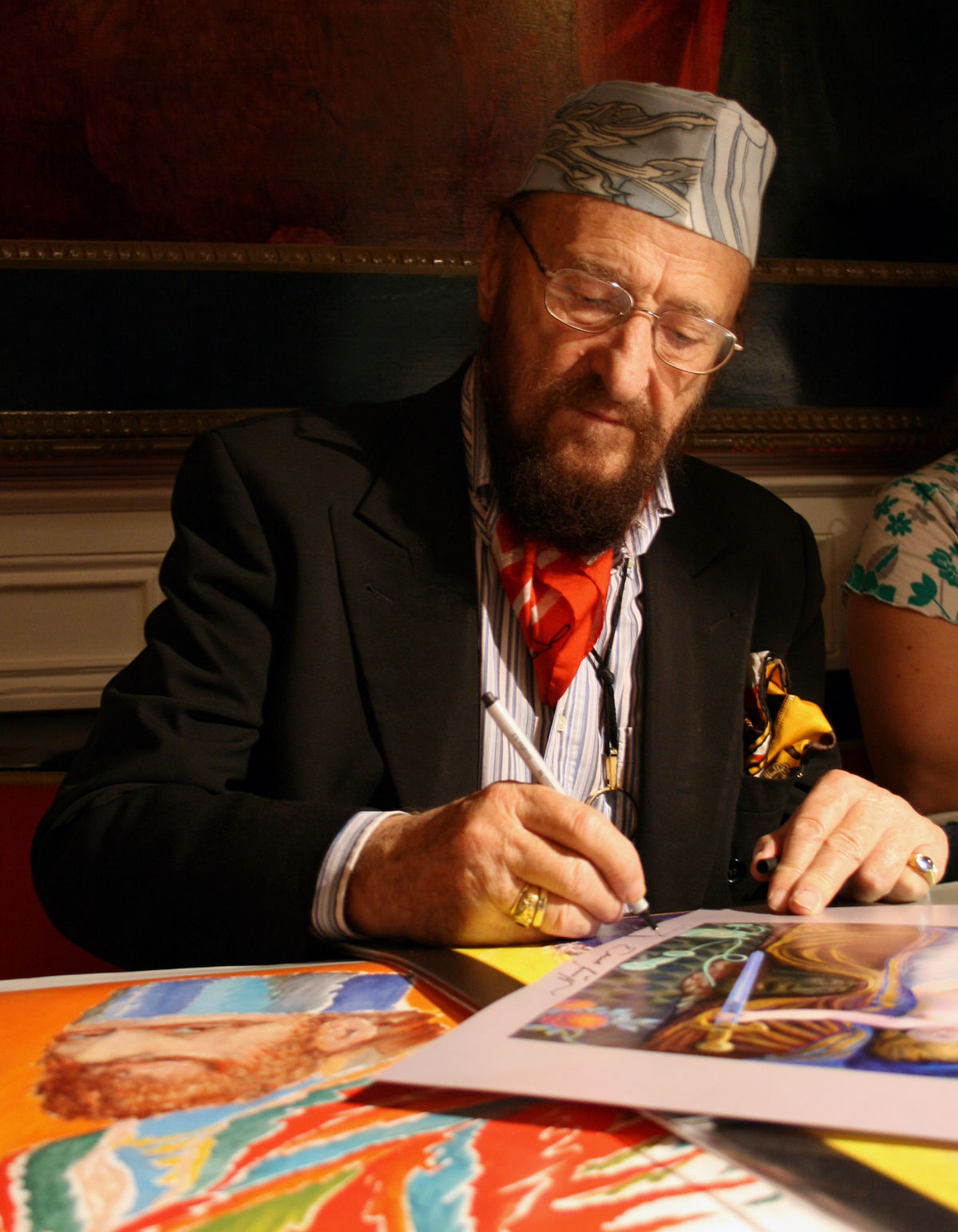 A141: Kunst und Antiquitäten – Teil 3
A141: Kunst und Antiquitäten – Teil 3 

Ernst Fuchs
13.02.1930 - 09.11.2015
Austria
Ernst Fuchs was an Austrian painter, draftsman, printmaker, sculptor, architect, stage designer, composer, poet, and one of the founders of the Vienna School of Fantastic Realism. In 1972, he acquired the derelict Otto Wagner Villa in Hütteldorf, which he restored and transformed. The villa was inaugurated as the Ernst Fuchs Museum in 1988.

Auktionshaus Kiefer
A141: Kunst und Antiquitäten – Teil 3
Date: 05.12.2025 10:00 UTC +01:00
Number of lots in the catalog: 1621
Lot 1812 Paul Kother
Paul Kother (1878 - 1963)  A195: Internationale Kunstauktion — Teil 2
A195: Internationale Kunstauktion — Teil 2 

Paul Kother
01.05.1878 - 07.07.1963
Germany
Paul Kother was a German expressionist painter.

Kunstauktionshaus Schloss Ahlden GmbH
A195: Internationale Kunstauktion — Teil 2
Date: 06.12.2025 10:00 UTC +01:00
Number of lots in the catalog: 1053





